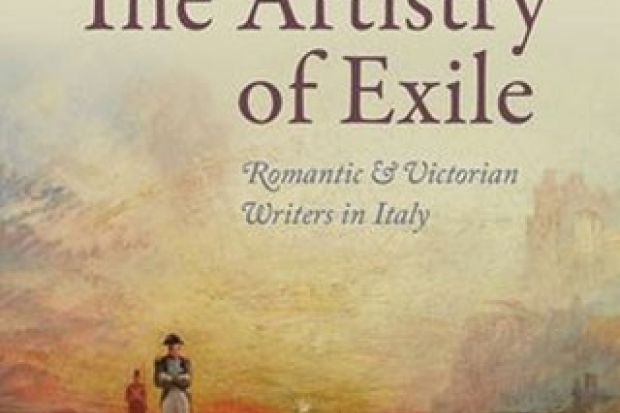Wandering in Rome’s Protestant Cemetery, the Romantic writer Anna Jameson felt a melancholy kinship with these “brothers in exile”: “for I too am a wanderer, a stranger, and a heretic; and it is probable that my place of rest may be among them”. Like many 19th-century writers seeking inspiration in Italy, Jameson experienced a poignant longing for home: “Dear England! I love, like an Englishwoman, its fire-side enjoyments, and home-felt delights.”
Another exile, Lady Blessington, also saw home as hearth. She longed for “a blazing fire, a well-lighted apartment” in an English winter, adding: “What a yearning of the heart does the word home excite!”
While Jane Stabler’s book is rich in evocations of the delights of Italy discovered by English writers, what often emerges is the plaintive tone of loss. “I missed my old trees, – oaks and elms,” Leigh Hunt wrote, regretting that in Italy “there are no meadows, no proper green lanes”. And although Shelley would rhapsodise about Italy’s “Elysian climate”, he felt sharply the loss of company: “What are mountains, trees, heaths…with sunsets I have seen at Hampstead [with] friends?”
Then, as now, Englishmen and women abroad had a particular phobia of meeting fellow countrymen with their clumsy provincialism. Jameson is cruelly jolted out of her ecstasy, listening to the Miserere in the Sistine Chapel, by an English voice: “Do look what lovely broderie Mrs L has on her white satin spencer!”
But The Artistry of Exile also offers glimpses of an unexpected openness of English travellers to new experiences. Dickens may have been immune to the appeal of Catholic churches: “the self-same people kneeling here and there…the same miserable cripples exhibiting their deformity at the doors”. But Dorothy Wordsworth was transported: “the floor on which I trod was all of polished marble, intensely hot, and as dazzling as snow; and instead of moving figures I was surrounded by…stationary processions of silent statues – Saints – sages – and Angels”.
Long before her, in 1789, Dr Johnson’s friend, Hester Thrale Piozzi, noted with delight: “We English dress our clergymen in black, and go ourselves to the theatre in colours. Here matters are reversed, the church at noon looked like a flower-garden…while the Opera-house at night had more the air of a funeral, as every body was dressed in black.”
Addressed to an academic readership, Stabler’s book is necessarily dense with references to the scholarship of well-trodden territory. She offers, therefore, far more than just anecdotes. Her wide-ranging discussion reflects in particular on the aesthetics of writing in exile. For example, a throwaway line from Elizabeth Barrett Browning about her pinewood fire shooting “red hot arrows” into her gown is developed by Stabler into a meditation on the Romantic fascination with the wounded Philoctetes (although she does not comment on the more familiar St Sebastian). She explores links between the writings of Ovid, Plutarch, Dante and Boccaccio, and those of her chosen English exiles (her focus is on the Pisan circle of the Shelleys, Byron and Leigh Hunt, as well as on the Brownings and Walter Savage Landor).
Stabler gives an appealing justification for her book’s structure: it “settled into the traditional shape of an Italian meal with its progression from l’antipasto to il primo, il secondo, and then il dolce”. Perhaps the sheer quantity of her ingredients militates against this organic simplicity, but there are nonetheless many rich plums to extract. The illustrations – in particular the attractive cover image of Turner’s War, The Exile and the Rock Limpet – are not essential constituents. Amuse-bouches, perhaps.
The Artistry of Exile: Romantic and Victorian Writers in Italy
By Jane Stabler
Oxford University Press, 304pp, £50.00
ISBN 9780199590247
Published 24 October 2013





